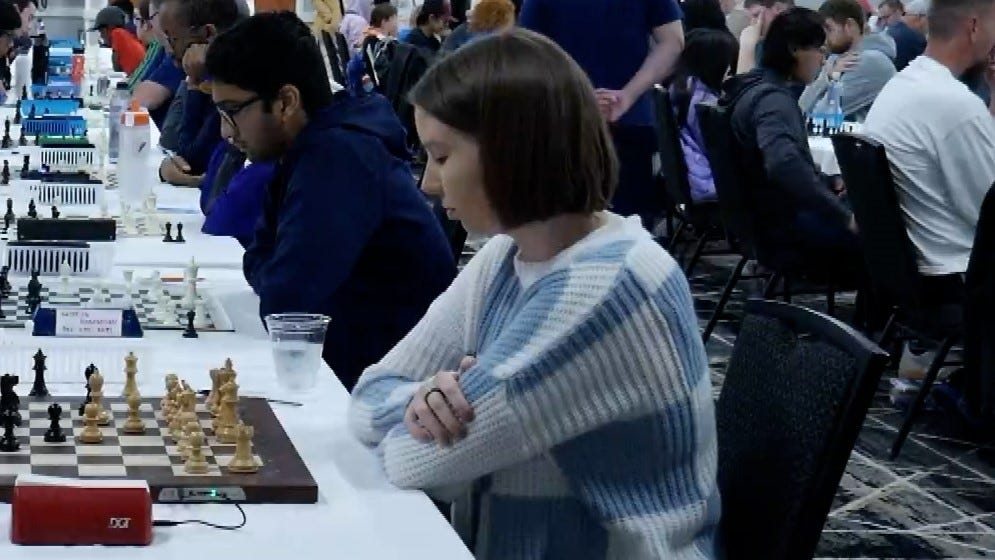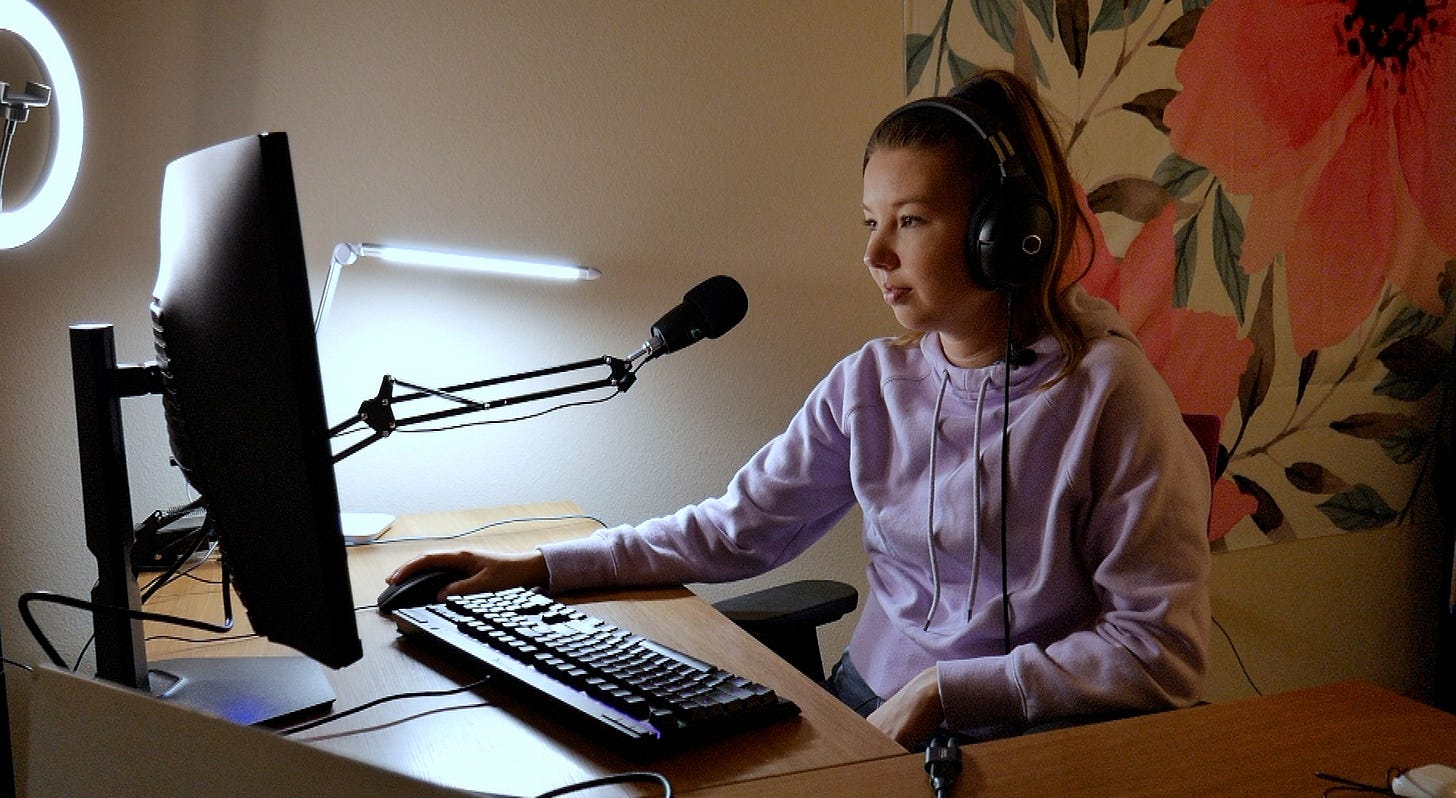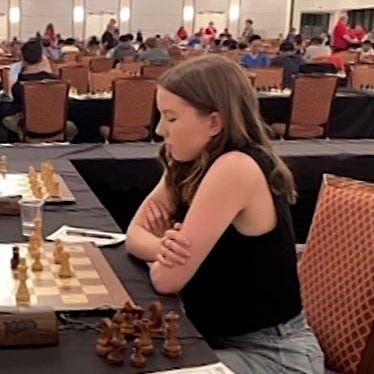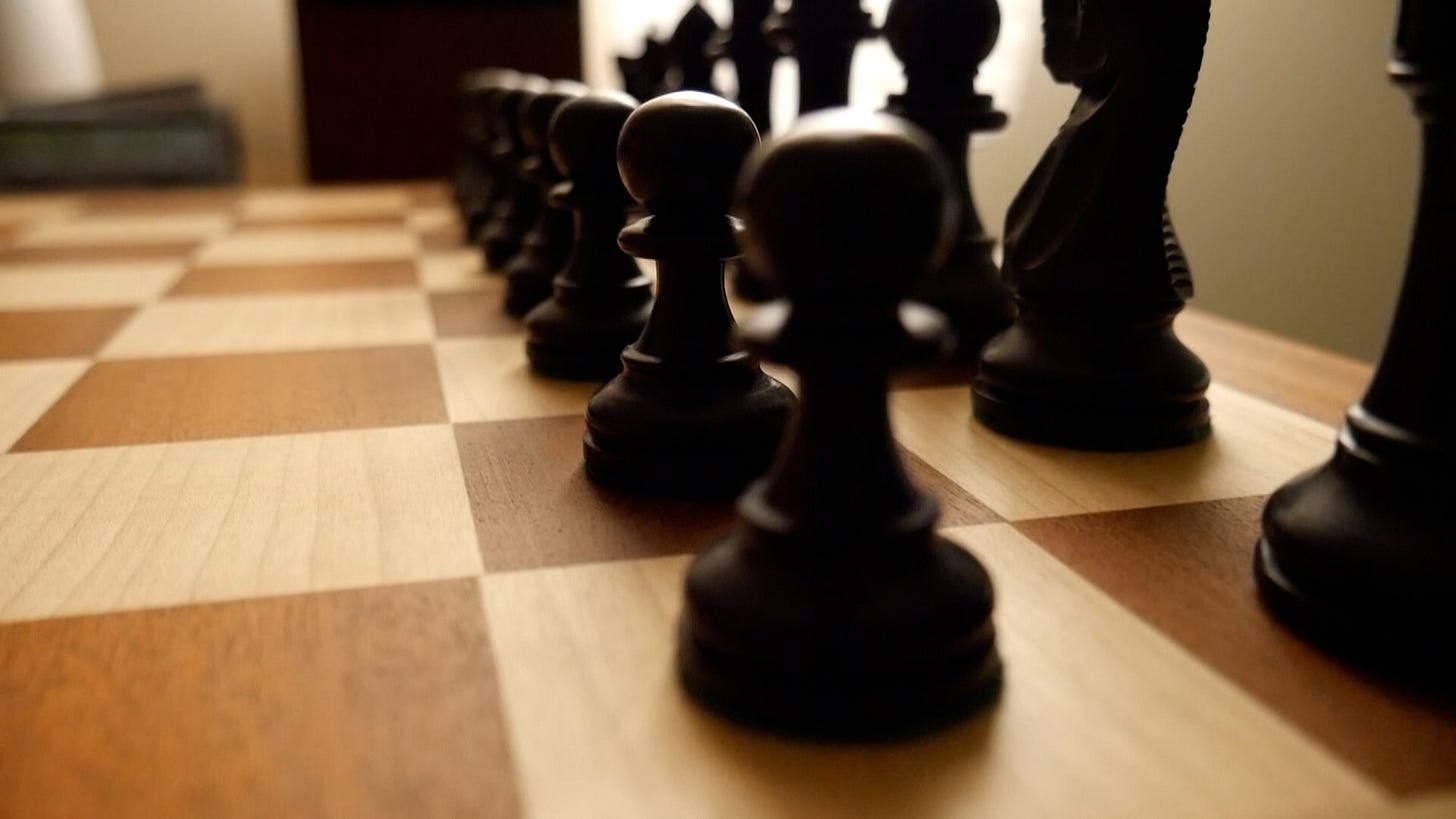Slow and Steady: My Over-the-Board Journey
Lessons learned from playing up and down this year!
I made a goal to focus on my over-the-board play this year, and it’s been a great excuse to travel as much as I can for chess. I’ve had some decent results against relatively strong players, livestreamed some of my games, and made connections all across the country. I’m happy to report that while I’ve been busy with grad school, working full-time, and creating chess content, I still find time to study and play chess.
Unfortunately, like a lot of chess players, the actual measurement of my performance—that rating number next to my name—is the thing gnawing at me. Even though I’ve gained well over a hundred USCF rating points in the last year, there’s a little voice inside constantly asking, why not more? Why is my over-the-board progress so much slower than my online progress?
Why?
There are the obvious reasons. One is that online, you can play somebody at your approximate skill level at any moment of the day, and you can play as many games as you want. We don’t have that luxury for over-the-board tournaments. So far, I’ve played in eleven events this year, approximately one a month.
That’s where the statistics get interesting. Feeling a little stagnated after my most recent quad event landed me a whopping 2 points, I decided to dive a little deeper into the numbers.
Let’s break down my last four tournaments (19 games) as a class B/C player in the upper Midwest.
The Playing Down Period
I played “up” (a higher rated opponent) in 15% of the games, and “down” (a lower rated opponent) in 85% of the games.
3 opponents were 100-250 points higher than me
2 opponents were less than 100 points lower than me
11 opponents were 100-900 points lower than me
3 opponents were unrated
My rating change: -13 points
These opponents averaged 4 tournaments played in 2024. Since there aren’t many classical events in this tri-state area, a lot of people don’t play much over-the-board. But like many of us, it seems they continue to play and improve online.
I’ve learned, playing down, that a single loss can tank rating, and you have to win multiple games against equally rated opposition to climb back out. (Conclusion…get better? I’m trying, I promise!)
The Playing Up Period
In comparison, let’s take a look at the three tournaments I played before that (17 games).
Here, I played up in 59% of the games, and down in 41% of games. Much closer to ideal, although the extremes are still a little, well, extreme.
8 opponents were 100-400 points higher than me
2 opponents were less than 100 points higher than me
4 opponents were less than 100 points lower than me
3 opponents were 100-450 points lower than me
My rating change: +81 points
Further, these opponents had an average of 9 events played this year, compared to the other group’s average of 4.
While the sample size is obviously pretty small, I think comparing these two periods in my chess tournament journey illustrates some interesting points.
First, for me, these stats show that if I get the chance, I perform decently well against higher rated opposition.
Second, it is so much easier to gain rating faster when playing up. A single upset win or draw can help boost rating, and losses are far less detrimental. And putting the numbers aside for a moment, the nuanced mistakes that decide my games against higher-level opposition are often more instructive than the blunders I see at lower levels.
So, I’m learning a lot more—and hopefully seeing actual long-term improvement—from playing stronger players.
The problem is that I have to travel quite far to get the chance.
Opportunity in OTB Chess
Chess success is directly tied to opportunity. We hear about prodigy kids flying up the rating ladder, but what we often fail to consider is the time and money their parents are investing in their success. Between hiring coaches, spending time and money traveling, and paying tournament fees, the road is simply not accessible for every chess player.
I often repeat one of my favorite pieces of chess wisdom, the master has lost more games than the amateur has even played. The more games you play, the faster you’ll become comfortable and confident with all the elements of an over-the-board tournament—the long time controls, the etiquette, the self-imposed pressure.
Play More and Play Up
Another great takeaway from this data: play up, whenever you can.
I haven’t played in many sectioned tournaments, but when I do, and I’m close to the rating cap, I strongly consider playing up. Here’s why.
The downside:
If you’re near the bottom of a section, you’ll probably lose more games and have a smaller chance of winning prizes.
The benefits:
If you win against a higher rated opponent, you earn a lot of rating points. And bragging rights.
If you lose, you lose very little rating.
Most importantly, win or lose, you get a good game to analyze. If you want to improve, you have to learn how to beat opponents at your target rating.
I’ll end with a short excerpt from a project I’m writing:
If you lose, that’s on you. There’s no referee to blame, no teammates slacking. Everything is up to you.
So it’s simple.
I just have to get better so I can win.
In Case You Missed It
The holidays are coming up – need a chess-themed “ugly” sweater?
My Chessable course is on sale! 50 Essential Chess Concepts - An Improver's Blueprint
I made a video analyzing some key moments from my recent 4/5 finish at the SD Governor’s Cup











An interesting observation from the FIDE rating data was that the lower-rated player outperforms expectation at all rating levels. That is, the Elo system predicts an expected score based on rating difference, which the higher rated player would have to match to keep their rating. But in real life, the lower rated player actually scores much better than the prediction (over a large sample). As far as I know, a similar analysis has not been done for USCF ratings, but a similar dynamic may be present.